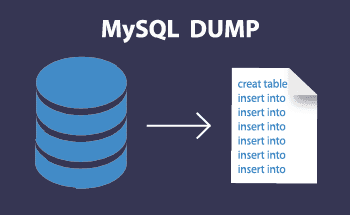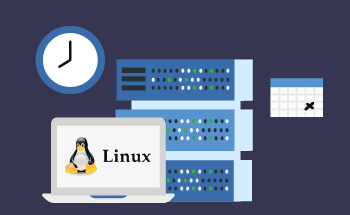How to host your own website
12:21, 06.02.2016
Hosting a website has never been easier – that kind of commercials are all around, but let’s find out if it is really so.
Home computer vs leased server
Assuming that you have your web pages ready, what should be your first step to get your website running? First of all you need to place your site on a web server, so people from all over the world could reach it.
There are two ways to do it:
- choosing your home computer as a web server;
- leasing a whole server or just a part of it from a web hosting provider.
Home computer is not the best contender for a web server job. Probably the only good reason to place a website on your private computer is to get some experience and try to make it running all by yourself.
But if you have some commercial plans on your site and it has to comply with requirements like:
- reliability;
- guaranteed uptime;
- handling a considerable amount of visitors;
- timely backups of your data, system software and security updates,
then you should think about professional web hosting company.
From now on we will discuss how to host a website assuming that you have decided to place your site on a remote server of a web hosting provider.
Sizing your website
To understand your needs you have to estimate three primary values, which define your website’s life:
- size of a disk space to host your website pages;
- monthly traffic volume;
- needed bandwidth.
All you need to know to find these parameters are your web page’s average size, assumed number of views per month and common user activity (media files downloads, watching online videos, etc.). It is also a good idea to use some scale-up factor in your estimation.
After you have done some math get down to the list of available host providers and services they offer. Choose a hosting plan, which suits your needs most and pay attention to the details:
- for example, what “unlimited” traffic or bandwidth really means;
- or how easily can your switch to the plan with a greater possibilities.
Name leads to fame
Next step after you have chosen the hoster is to come up with a domain name. After the registration you'll get an unique name for your website, which is easy to use.
There is no need to list all the benefits of using domain names instead of IP-addresses. Short but meaningful name of a website (instead of a string with numbers) is one of the key factors, which helps to attract more visitors or potential customers.
Upload
You are almost there – your website has a name, you have a place to store your content and all that is left is to upload your web pages to the server.
Web hosting providers offer different options to make an upload, but generally you have to copy your files to the server’s hard drive using one of the FTP applications or Web-based control panel. Here some popular FTP-client software options:
- FileZilla;
- SmartFTP;
As for control panels - your provider may use one of this:
- cPanel;
- ISPmanager;
- Vesta Control Panel
In our guide we are not going to describe uploading process in details, appropriate information can be obtained from your hosting provider.
And few more additional words about databases – nowadays almost every website uses DBMS (database management system), so it is also useful to know how to create a database and give administrator rights to the user. But it is another story to tell!
After you have successfully uploaded your web pages, tuned your database and created a user to administrate it, you should test a website performance using your own domain name.!


